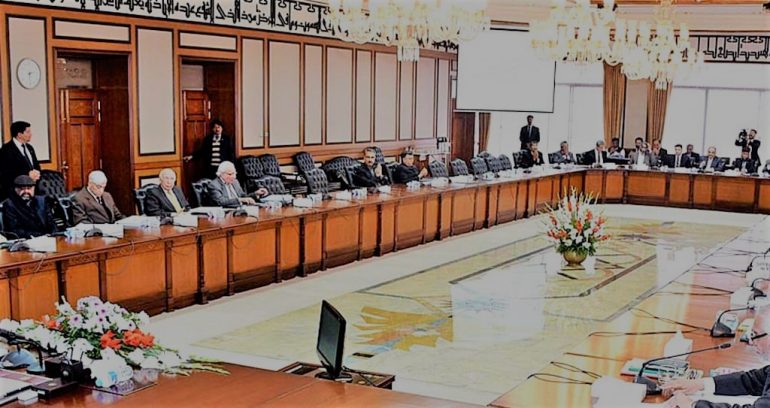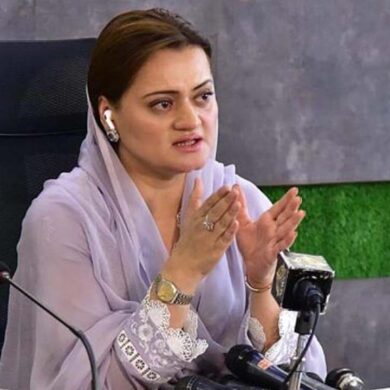The Cabinet Committee on Energy (CCoE) adopted the Indicative Generation Capacity Expansion Plan (IGCEP) 2021-30 on Thursday (26 August), despite provincial objections, with an emphasis on developing renewable and nuclear energy projects.
Planning Minister Asad Umar presided over the meeting of the CCoE over provincial representatives while approving IGCEP submitting it to the Council of Common Interests (CCI) with the initiative of completing all projects under implementation as per the commitments.
The power division stated that if projects pushed by provincial governments, particularly Sindh and Khyber Pakhtunkhwa, and the Strategic Plan Division (SPD), were included in the 10-year plan, the federal exchequer would bear an additional burden of Rs1.353 trillion, and electricity would have to be raised by approximately Rs1.30 per unit.
The principle which was approved by the National Transmission and Dispatch Company and approved by the federal cabinet in April of this year, being the principle of least cost-based capacity addition will be used as it was supported unanimously agreed by everyone. According to an official statement, “Such planning will target optimum future capacity addition at the most affordable cost, ensuring the cheapest electricity for consumers.”
IGCEP envisioned, “the commissioning of a portfolio of new generation projects including many hydropower projects, Thar coal-based projects, K-3 nuclear power plant, and over 4,000MW of solar and wind-based renewable energy projects.”
According to informed sources, the SPD was campaigning for three more nuclear power plants in the future under a government-to-government agreement with China, but these could not be completed in this round, except for K-3, which is presently under construction. The Power division has urged that its certification by the CCI should be based on the original set of IGCEP assumptions agreed by the federal cabinet on 27 April.
The planning Board stated that IGCEP agreed on Thursday that will result in 88% of indigenous fuel for the whole additional capacity between 2022 and 2030, while the remaining 12% were from projects committed prior to the Tehreek-I-Insaaf’s in Pakistan. According to the Planning commission, “Fossil fuel has more than 50% share of generation capacity right now, however, in the 2022-2030 period the share of fossil will be only 25%.”
In 2022, a fossil-fuel generation mix will be converted into clean energy (hydropower, solar energy, wind energy, and nuclear fuel) by 2030. In addition, the indigenous fuel-based generation will enhance from 69% to 87% of total fuel-based production throughout the same period.
Informed sources said Taimoor Jhagra, Khyber Pakhtunkhwa Minister of Finance, was protesting that the hydroelectric power projects of the KP were not accommodated, but then representatives of Sindh said that their province had loosened their position in a wider interest and that the KP should not push for specific projects.
Minister Asad Umar addressed the Minister of Finance of the KP that his province has received maximum facilitation from the federal government.
The meeting was informed that the IGCEP would now be a yearly iterative process, with the provinces’ concerns about their projects continuing to be discussed for the next iteration of the IGCEP, and that the current document should be cleared with further debate to secure a World Bank loan next month. It was also said that under the national power policy, the process and criteria for key projects would be finalized in cooperation with the provinces within two months.
Aside from the least cost concept, the CCoE also agreed that in the future, only projects approved by the Executive Committee of the National Economic Council will be included in the rolling IGCEP.



